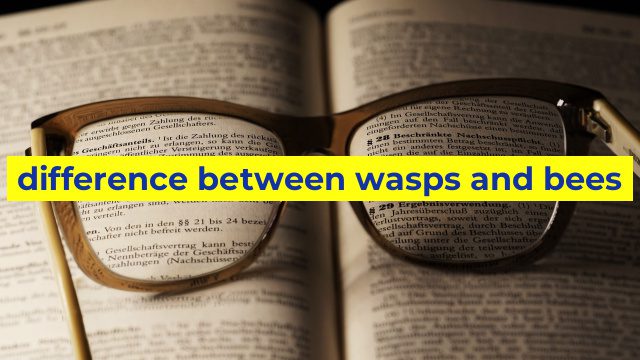The Essential Differences Between Wasps and Bees
When it comes to stinging insects, most of us probably assume that wasps and bees are basically the same thing. After all, both have the ability (and the motivation) to sting us if we get too close. However, there are actually some key differences between these two types of insects. Here are some important things to keep in mind if you want to learn more about wasps and bees:
Appearance
One of the biggest differences between wasps and bees is their appearance. Wasps tend to be sleek and slender, with narrow waists and smooth, shiny bodies. They often have intense patterns of black and yellow, although some species are entirely black or brown. Bees, on the other hand, are typically stockier and hairier than wasps, with thicker bodies and more rounded features. Most bees are a dull yellow or brown color, with the exception of the well-known black-and-yellow bumblebee.
Behavior
Another key difference between wasps and bees is their behavior. Wasps are known for their aggressive nature and their tendency to be territorial. They may attack humans or other animals that come too close to their nests, and they have a reputation for being persistent and relentless when it comes to stinging. Bees, on the other hand, are generally more docile and less likely to sting unless they feel threatened. They are famous for their role as pollinators and are crucial to the health of many ecosystems.
Nests
The final major difference between wasps and bees has to do with their nests. Wasps build nests from paper-like materials, which they create by chewing up wood or other plant fibers. These nests are often hidden away in trees or underground, and they can be quite difficult to spot. Bees, on the other hand, build their nests from wax, which they produce using glands in their bodies. These nests are typically located in hollow trees, rock crevices, or inside man-made structures like beehives.
So if you’re looking to tell the difference between wasps and bees, it’s important to pay attention to their appearance, behavior, and nesting habits. While both types of insects can be intimidating, understanding these distinctions can help you avoid dangerous encounters and appreciate the importance of these creatures in our ecosystems.
Table difference between wasps and bees
| Features | Wasps | Bees |
|---|---|---|
| Appearance | Slender waist, shiny skin, narrow wings, sharp stinger | Bushy body, hairy skin, large wings, flat stinger |
| Behavior | Aggressive, predatory, do not lose their stingers after attacking | Pollinators, collect nectar and pollen, live in colonies, lose their stingers after attacking |
| Food | Prey on other insects like caterpillars, spiders, and flies | Feed on nectar and pollen from flowers |
| Habitat | Build nests in the ground or under eaves, often found near human activity | Live in hives, create combs to store honey and raise young |


